Have you ever wondered how bees communicate among themselves, those buzzing creatures we often see flitting from flower to flower? It’s through an incredibly complex and fascinating method known as the “waggle dance.” But what exactly is the “waggle dance,” and how did it get its curious name?
The term “waggle dance” refers to a figure-eight dance performed by a honeybee to inform its hive mates about the location of a food source. The dance involves a series of movements: a straight run, during which the bee waggles its body, followed by a return loop to the starting point to repeat the process. The direction and duration of the waggle portion of the dance communicate the direction and distance of the food source from the hive((https://www.scientificamerican.com/article/in-honeybee-dance-directi/)).
Understanding the waggle dance reveals the high level of sophistication in bee communication and its critical role in the hive’s survival. By indicating precise locations of food sources, bees can efficiently collect pollen and nectar, which are essential for the colony’s nourishment and honey production. This behavior highlights the complexity of animal communication and the intricate balance and interconnectedness of ecosystems where bees play a pivotal role in pollination and maintaining biodiversity.((https://www.science.org/doi/10.1126/science.ade1702))
Let this insight into the language of bees remind us of the marvels hidden in the natural world around us, waiting to be discovered and appreciated. The capability of these small creatures to communicate in such a complex manner should inspire us to look closer and learn more about the seemingly simple yet profoundly intricate life forms that share our planet.


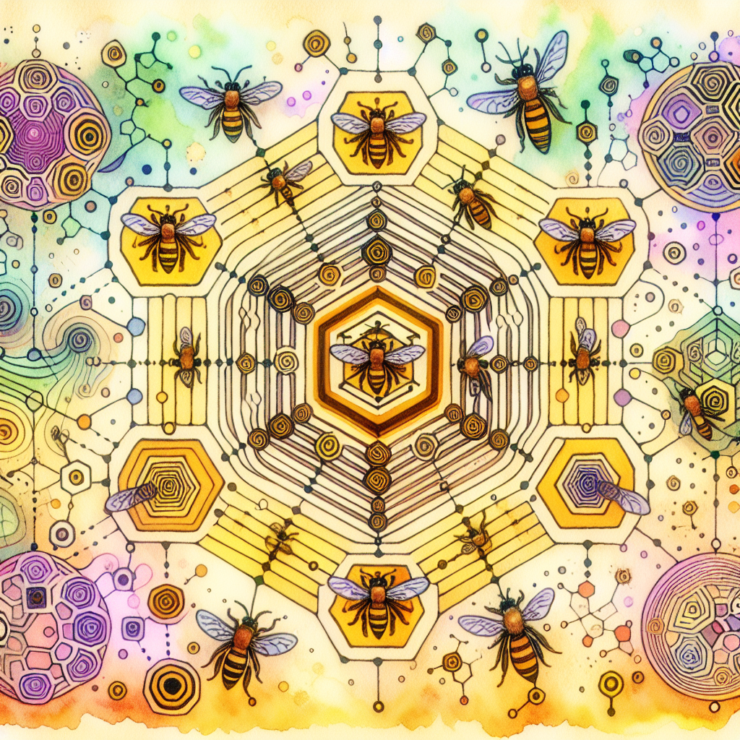

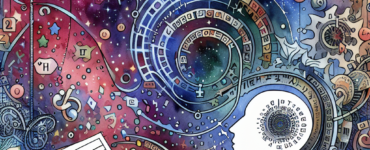

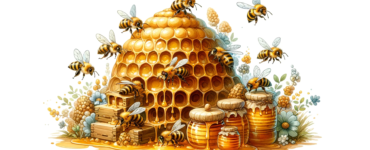
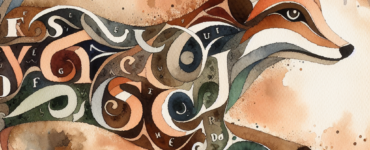
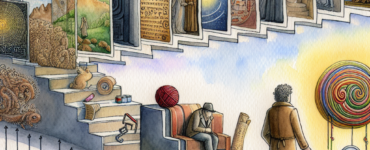






























Add comment